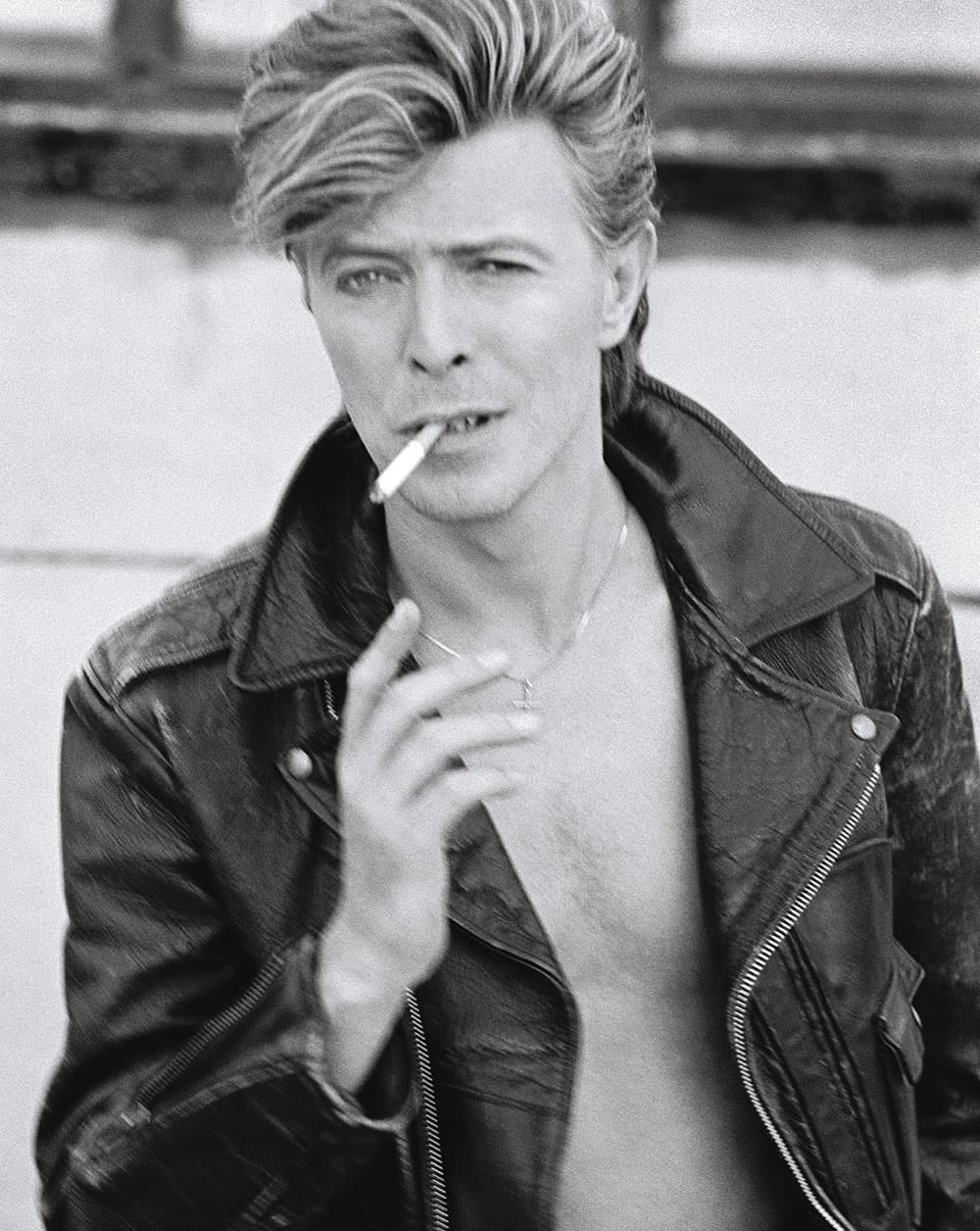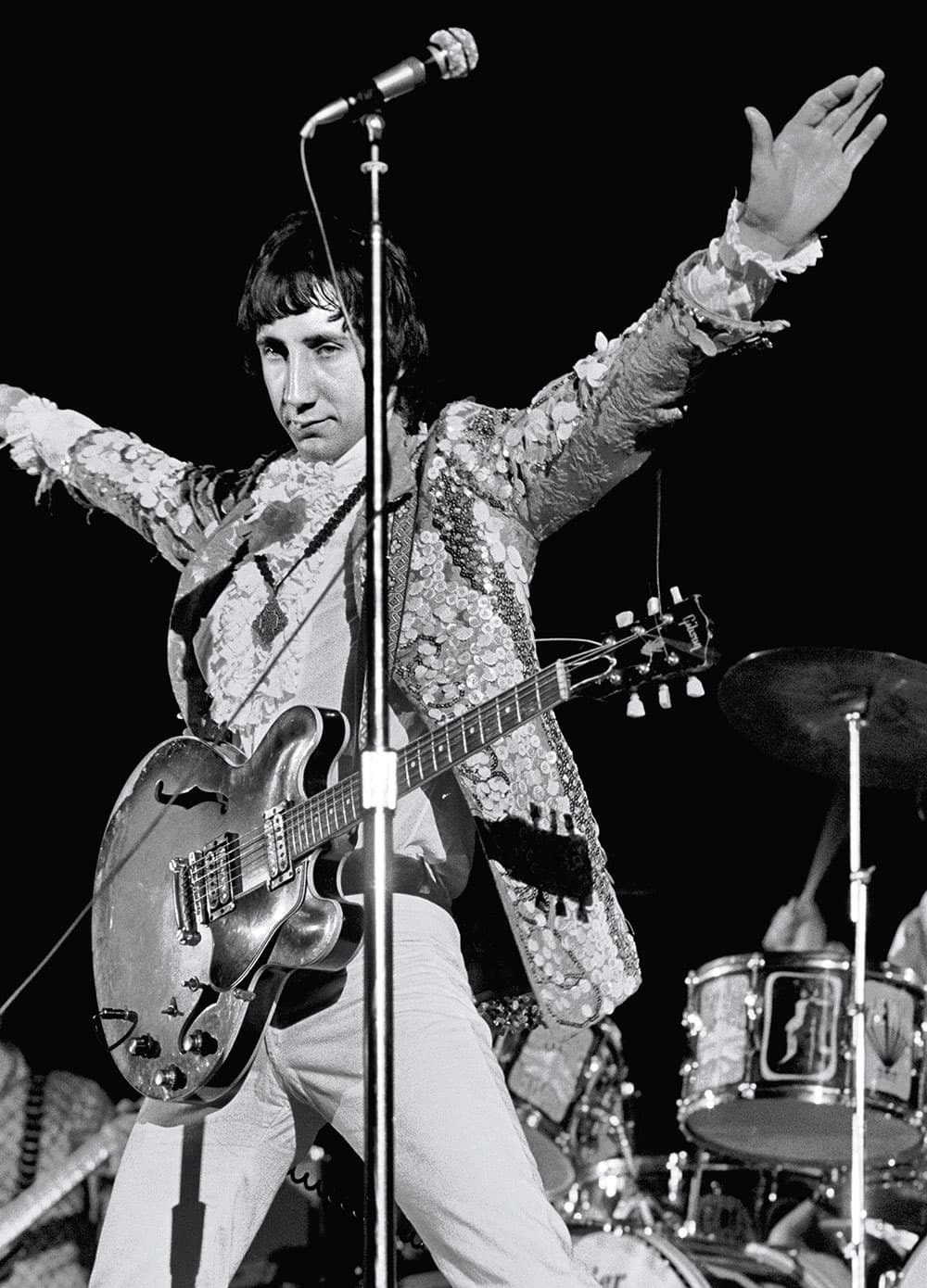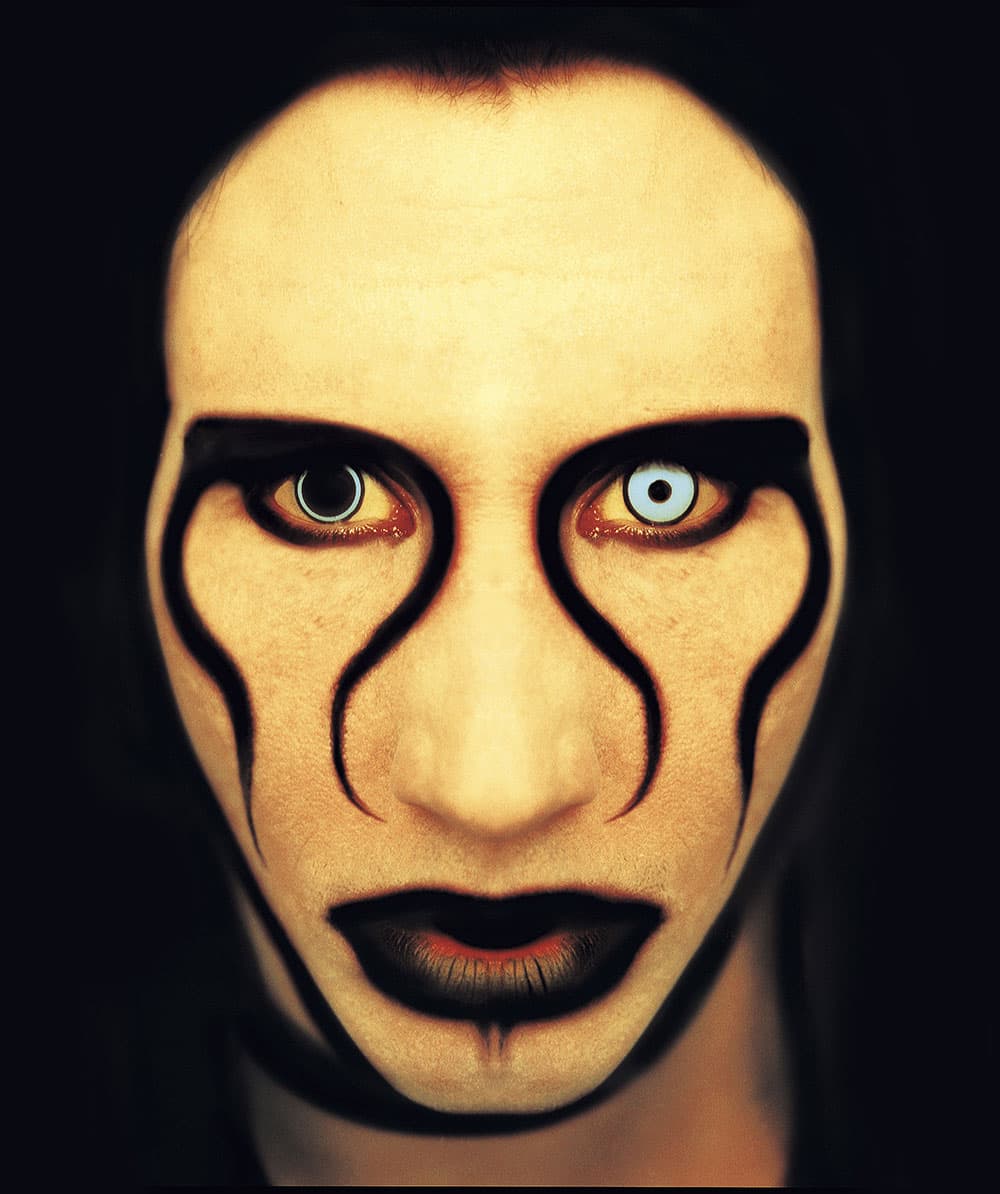
David Bowie in Los Angeles, February 1987
As a magazine, Rolling Stone, which celebrates its 50th anniversary this year, has always been about much more than music. Far better to think of it as a bi-weekly chronicle of the popular and political culture of the day, with the sheer quality of the writing, photography and design explaining both its longevity and continued influence. The magazine also appeared in the right place at the right time, emerging from one of the most creative periods in history – the 1967 Summer of Love.
Rolling Stone was the brainchild of eminent jazz critic Ralph Gleason and Jann Wenner, a 21-year-old unemployed journalist and music obsessive who remains at the helm of the magazine half a century later. As well as great journalism from the likes of Hunter S Thompson, PJ O’Rourke and Cameron Crowe, Rolling Stone has always celebrated great photography – indeed, American portrait photographer Annie Leibovitz kickstarted her stellar career on the magazine. A lavishly illustrated new book called 50 Years of Rolling Stone has recently been released by Abrams, so we met up with co-editor Jodi Peckman, who is also the magazine’s creative director, to look back on this proud photographic heritage.

Pete Townshend of The Who about to destroy his guitar during a 1967 concert at San Francisco’s Cow Palace
Photographic inspiration
‘Although Jann Wenner started Rolling Stone as a newspaper about rock and roll and pop culture, rather than photography, he has always loved the work of great photographers, both in the US and overseas,’ Peckman explains. ‘Great journalism has always been Jann’s thing.’
As Wenner himself reveals in the introduction to the book: ‘I started Rolling Stone with an understanding that photography was essential to what we were setting out to do. Rock and roll was also an aesthetic: the looks, the style, the sex appeal. I took cues from the great, sensuously designed German magazine Twen and the Swiss magazine Camera, just as much as I tried to find an editorial voice as powerful as that of The New Yorker.’
Rolling Stone’s first chief photographer was Baron Wolman, whose work appeared in issue one. ‘Baron covered the major festivals of the day, such as Woodstock and Altamont, so he had a big influence on Rolling Stone’, Peckman recalls. ‘He had great access to the bands and was trusted by them, so he was able to get up-close and personal.’
Wenner elaborates on this in the book’s introduction, stating: ‘Baron distinguished himself by making formal portraits – Frank Zappa, Tiny Tim, BB King, among many; it was his idea to do the “groupies” issue, for which he produced a wild portfolio of studio images.’

The tiny town of Bethel, New York, couldn’t handle the enormous Woodstock crowds, and traffic congestion became so bad that many fans abandoned their vehicles and walked
Enter Leibovitz
As the ’60s drew to a close, Wenner’s increasing preference for more stylised, studio-based photography over performance and documentary-style images helped to pave the way for the arrival of the most famous photographer to be associated with the magazine, namely Annie Leibovitz.
‘Annie first showed up in 1970 and impressed Jann with her raw talent,’ explains Peckman. ‘She became the chief photographer in 1973 and stayed for ten years.’ Wenner adds: ‘I didn’t find Annie Leibovitz. She just walked into our offices one day in 1970, a San Francisco Art Institute dropout, and showed some of her student photos to our art director, Bob Kingsbury. He used one of those photos and started giving her assignments. Her first cover portrait was Jefferson Airplane’s Grace Slick, the voice of [the song] White Rabbit.’
From there, Annie soon became part of the Rolling Stone family. ‘Annie quickly became a very close friend,’ Wenner continues. ‘She was a powerful editorial voice, with as much insight on a story as the best reporters. She burned with ambition and a desire to learn. Everyone wanted to be shot by Annie, and she had access everywhere.
‘Together, Annie and I explored the importance of the cover. When Rolling Stone finally went four- colour in 1973, like a real magazine, it totally lifted our game. I focused her on studio work as well as reportage from rock and roll road trips, presidential campaigns and The Rolling Stones’ tours. And I introduced her to Richard Avedon, who was beginning his special issue “The Family” for Rolling Stone in 1976, so she could learn from the unquestionable master of magazine photography and portraiture.’

‘Onstage last night… I felt like an old hooker. There does seem to be a lot more “take your trousers off”, like that guy you saw yelling last night. Which is a mystery to me. It makes me feel like a stripteaser’. Rod Stewart, From Gasoline Alley to Park Avenue, RS#137, 21 June 1973
Bright future
Since the early days of Wolman and Leibovitz, a host of other great photographers have left their unique stamp on the pages of Rolling Stone. For Peckman, the list of honourable mentions is long, but her standout names include Herb Ritts, Anton Corbijn, Matthew Rolston, Albert Watson, David LaChapelle, Peter Lindbergh and Danny Clinch. ‘Rolling Stone has never had a big photographic staff, and it’s the same today,’ she explains. ‘The magazine is iconic, so lots of people want to shoot for us. There’s nothing like getting the cover of Rolling Stone.’
As you’d expect, photographers, eager for one of their images to appear under the iconic logo, bombard Peckman and her team. ‘We’re always looking for new photographers,’ she says. ‘I find Instagram a good way to discover people, and I check out new talent online when I get the time. Word of mouth is very important too. With everything now online, it’s become a lot easier for photographers to share their portfolio – a link to their work with a brief note is the best way for people to proceed, but I can’t guarantee I will be able to answer every email I receive!’
While even the best-known newspapers and magazines are facing challenging times, the Rolling Stone brand remains strong and well respected (it has successfully expanded its presence online). And while Jann Wenner is now at the age when most of his peers are well into retirement, it’s reassuring to hear that his son, Theo, is also involved with the magazine – particularly as Theo is a photographer…
Favourite Rolling Stone covers

Marilyn Manson, Baltimore, November 1996
So what are Jodi Peckman’s favourite covers from the past 50 years of Rolling Stone? ‘It’s a hard question to answer, but I particularly like Annie Leibovitz’s cover image of Fleetwood Mac from 1977,’ she says. ‘It was the beginning of covers with more of an “idea” or concept behind them, more than a portrait. the band were all involved with each other off-stage and mixing partners at the time, so the image has a wonderful, journalistic feel.’ as with many of Leibovitz’s images, there is quite a story behind this image. Leibovitz explains on the Rolling Stone website that she turned up with some cocaine as a ‘gift’ for the band, which apparently was perfectly normal for the time. She notes wryly that the gift lasted all of 30 seconds.
‘I also really like Mark Seliger’s image of the cast of Friends from 1995,’ Peckman adds. ‘this was an elaborate shoot, as it’s hard to do covers featuring ensembles of actors. Seliger and I were researching images by the US artist Norman Rockwell and he did a great job of recreating a scene in an old car.
‘A much simpler concept,but an equally powerful image, was Matt Mahurin’s close-up of Marilyn Manson – it’s like a painting,’ she adds. This image seems to have taken on a life of its own away from the magazine. as well as winning the first Alfred Eisenstaedt award for Magazine Photography, the image is widely coveted as a standalone piece of artwork and shows how Rolling Stone covers still continue to inspire and excite. See the ‘100 best covers’ on the rollingstone.com website.

50 Years of Rolling Stone: The Music, Politics and People that Changed Our Culture by Rolling Stone and Jann S Wenner, published by Abrams, £45, hardback, ISBN 978-1-41972-446-6








